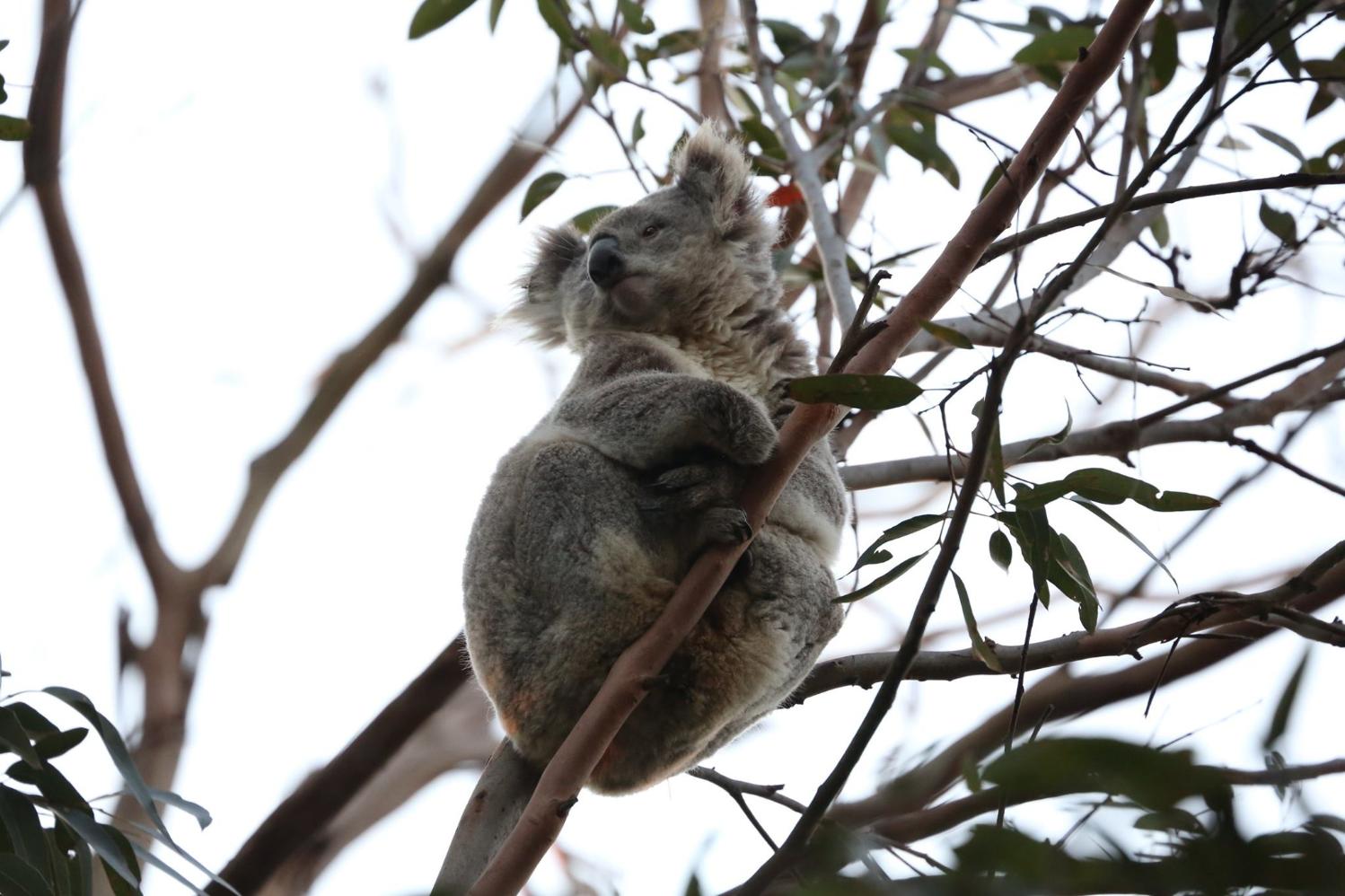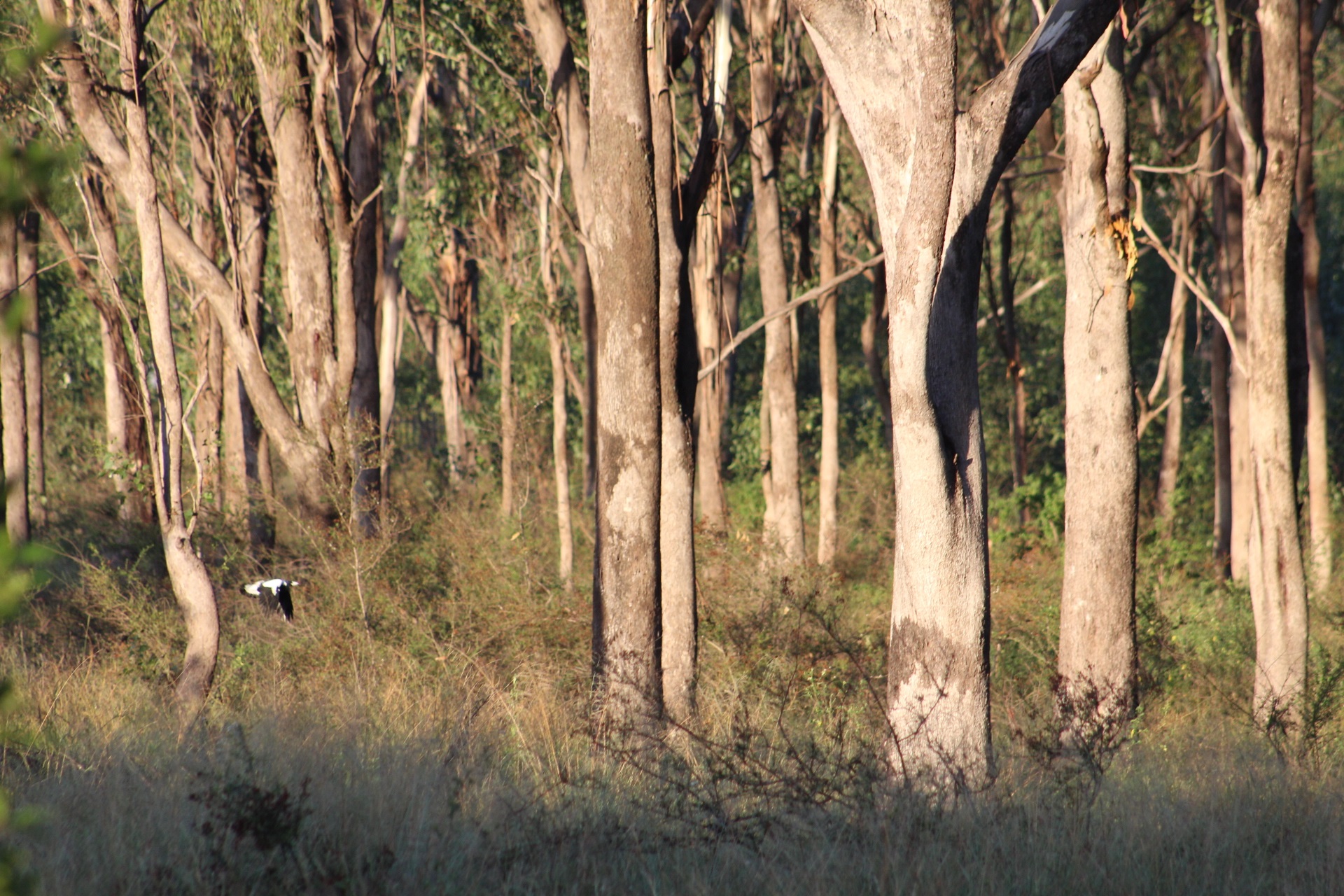Good News for Koalas This Week from NSW Government: the new Guula Ngurra national park has been proclaimed + the cumberland plain conservation plan is now open for feedback

Guula Ngurra National Park
The first was made by NSW Premier Gladys Berejiklian on Sunday August 23rd, 2020 with the proclamation of a new Koala Country National Park. Important koala habitat is to be protected for future generations with the creation of the new Guula Ngurra National Park in the NSW Southern Highlands.
Premier Gladys Berejiklian said the creation of this national park delivers on a commitment from the 2019 election and is an important step to securing the future of koalas in the wild.
“Koalas are an iconic Australian animal and national parks like this protect their habitat for future generations,” Ms Berejiklian stated.
“The Aboriginal traditional owners recommended we name this new national park ‘Guula Ngurra’ which translates to ‘Koala Country’ because of the importance of the habitat.
“The NSW Government has committed to a $44.7 million koala strategy, the largest financial commitment to protecting koalas in the state’s history, along with a range of other practical measures to ensure the preservation of koala populations.
“The government will also consider the recommendations of the recent parliamentary inquiry into koala populations and habitat in NSW, particularly given the destruction caused by the recent bushfires.”
The NSW Government is already implementing the plan announced in May 2018 to protect koalas, including:
- Creating over 24,000 hectares of new koala reserves and parks
- Fixing priority road-kill hotspots across NSW
- Delivering a network of koala hospitals
- Developing a statewide koala habitat information base
- Increasing wildlife care training for veterinarians and veterinary nurses
- Relocating koalas to unoccupied koala habitat
- Undertaking research to significantly reduce the incidence of chlamydia.
Environment Minister Matt Kean said increasing the national park estate by 200,000 hectares was one of his key priorities and this reservation, together with recent purchases, would see that goal exceeded.
“This new national park is home to a staggering 139 species, more than 20 of which are threatened, including the koala, glossy black cockatoo, flame robin and squirrel glider,” Mr Kean said.
“This special site conserves high quality koala habitat and sits alongside 15 kilometres of river frontage along the spectacular Wingecarribee River gorge and the Wollondilly River.
“I also want to thank the local community and the Aboriginal traditional elders for working with us to create this new national park, which is home to a number of important cultural heritage sites.”
The purchase was made possible due to a valuable contribution by the NSW Environmental Trust.
Located about 25 kilometres northwest of Bowral, the 3358 hectare Guula Ngurra National Park comprises what was 2148 hectare Tugalong Station, the 402 hectare Little Forest West property and an 808 hectare outlier of Bangadilly National Park.
The Cumberland Plain Conservation Plan
The second announcement came a few days later, on Wednesday August 26th and from the MP for Pittwater and NSW Minister for Planning and Public Spaces, Rob Stokes.
A new plan to protect koalas and conserve critical biodiversity assets in growing parts of Western Sydney was unveiled by the NSW Government.
Minister for Planning and Public Spaces Rob Stokes said the draft plan is one of the largest strategic conservation planning exercises ever in Australia.
“The Cumberland Plain Conservation Plan is a once-in-a-generation commitment to protect south-west Sydney's rich environmental assets and important koala population, while providing certainty for investment in a growing part of Sydney,” Mr Stokes said.
“Rather than assessing the biodiversity impact of individual development applications on an ad-hoc basis, we’ve identified upfront the key areas that need to be protected.
“With Western Sydney’s population expected to reach 1.5 million people by 2056, this plan delivers certainty for local communities and investors alike. Too often the environment has been an afterthought in urban planning. This plan prioritises and protects urban bushland before urban development. This approach secures environmental conservation but with the certainty needed to support the strategic delivery of infrastructure, housing and jobs for Western Sydney.”
The plan is described by the MP for Pittwater and NSW Minister for Planning Rob Stokes as the "the largest strategic conservation plan at this point anywhere in the world".
Mr. Stokes stated the plan was on a "breathtaking scale", covering 200,000 hectares across eight local government areas.
"What's exciting about this plan is that it outlines the need to preserve green infrastructure first," Mr Stokes said. "In the past conserving bushland has been an afterthought to urban development, this model flips that on its head."
Rob said it would provide certainty for landholders over the next 40 years.
"There are a series of developers interested in this area … whether it's Lendlease at Gilead, or other developers down towards Appin, will be required to follow the rules outlined in the plan."
Minister for Environment Matt Kean said the draft Plan includes a new koala reserve to ensure Sydney’s largest and healthiest koala population is protected.
“The Georges River Koala Reserve will protect up to 1,885 hectares of existing koala habitat and enhance the connectivity of fragmented patches of important habitat, including protecting the important north-south koala corridor so this iconic species can move about safely,” Mr Kean said.
“We will invest $84 million in the first five years to plant 100,000 trees in the Georges River Koala Reserve to restore koala habitat and install 120 kilometres of koala fencing.”
The plan would impact on a proposal for the 1,700-home Mount Gilead development planned by Lendlease for Sydney's south west. Mr Kean stated he had been told by Lendlease that the housing development would not impact on the koala colony in the area, but a report released by the NSW Deputy Chief Scientist Chris Armstrong, found otherwise.
Mr Kean said wildlife corridors, those passages used by animals which didn't cross roads, weren't wide enough.
"Let me be very clear to Lendlease, I will not be signing off on the biodiversity certificate unless your development meets all the recommendations of the Chief Scientist's," Mr Kean stated to the ABC.
"Campbelltown is koala town and that's why we need to pull out all stops to protect them."
A recent NSW Upper House inquiry, Koala populations and habitat in New South Wales, found koalas could be extinct by 2050 unless urgent action is taken and that up to 800 koalas between Campbelltown and Wilton are extremely vulnerable due to urban expansion and road development.
Greens MP and Chair of that Inquiry Cate Faehrmann welcomed the Georges River Koala Reserve announcement.
“This announcement is a good start and shows the Environment Minister is listening to the community in their pleas for koalas to be protected. We’ve had four previous Ministers who did nothing so today’s announcement is certainly a welcome relief.'' Cate Faehrmann responded this week.
“I am concerned about the timeline and the fact that this reserve will be implemented gradually over many years. Koalas can’t wait that long, so I urge the Government to protect the entire 1,885 hectares immediately.
“It’s also disappointing that only one of the vital corridors which koalas use between the Georges and Nepean Rivers is included in this Reserve.
“A key recommendation of the Inquiry was to ‘ensure the protection of the koala colony and habitat before allowing any further development for the South Western Sydney koala population’. Unfortunately the government is still allowing koala habitat to be cleared for Stage 2 of Lend Lease’s Figtree Hill development, so I’d like to know how they’re going to ensure the existing koala colony is protected as a result of this development going ahead.
“The Inquiry found that ongoing habitat loss and fragmentation was the greatest threat to the ongoing survival of the Koala.
“There are 41 more recommendations from the NSW Koala Inquiry for the government to take over the next few months to stop the Koala becoming extinct in NSW before 2050. Next in line must be a Great Koala National Park for the mid-north coast and stopping the Brandy Hill Quarry expansion and Kings Hill development in Port Stephens,” said Ms Faehrmann.
The Cumberland Plain Conservation Plan spans eight local government areas including Blacktown, Fairfield, Liverpool, Campbelltown, Camden, Wollondilly, Hawkesbury and Penrith.
The draft plan incorporates findings from the NSW Chief Scientist’s Campbelltown Koala Report (April 2020) which provided advice on effective methods to mitigate the impact of urban development on koala habitat.
The draft Cumberland Plain Conservation Plan will be on public exhibition until 25 September 2020. To view the draft plan or have your say, please visit the Cumberland Plain Conservation Plan webpage.

Camden - part of Sydneys' Cumberland Plain territory - photo by A J Guesdon.
Guula Ngurra National Park
Published August 24, 2020 by the Hon. Matt Kean, NSW Minister for the Environment